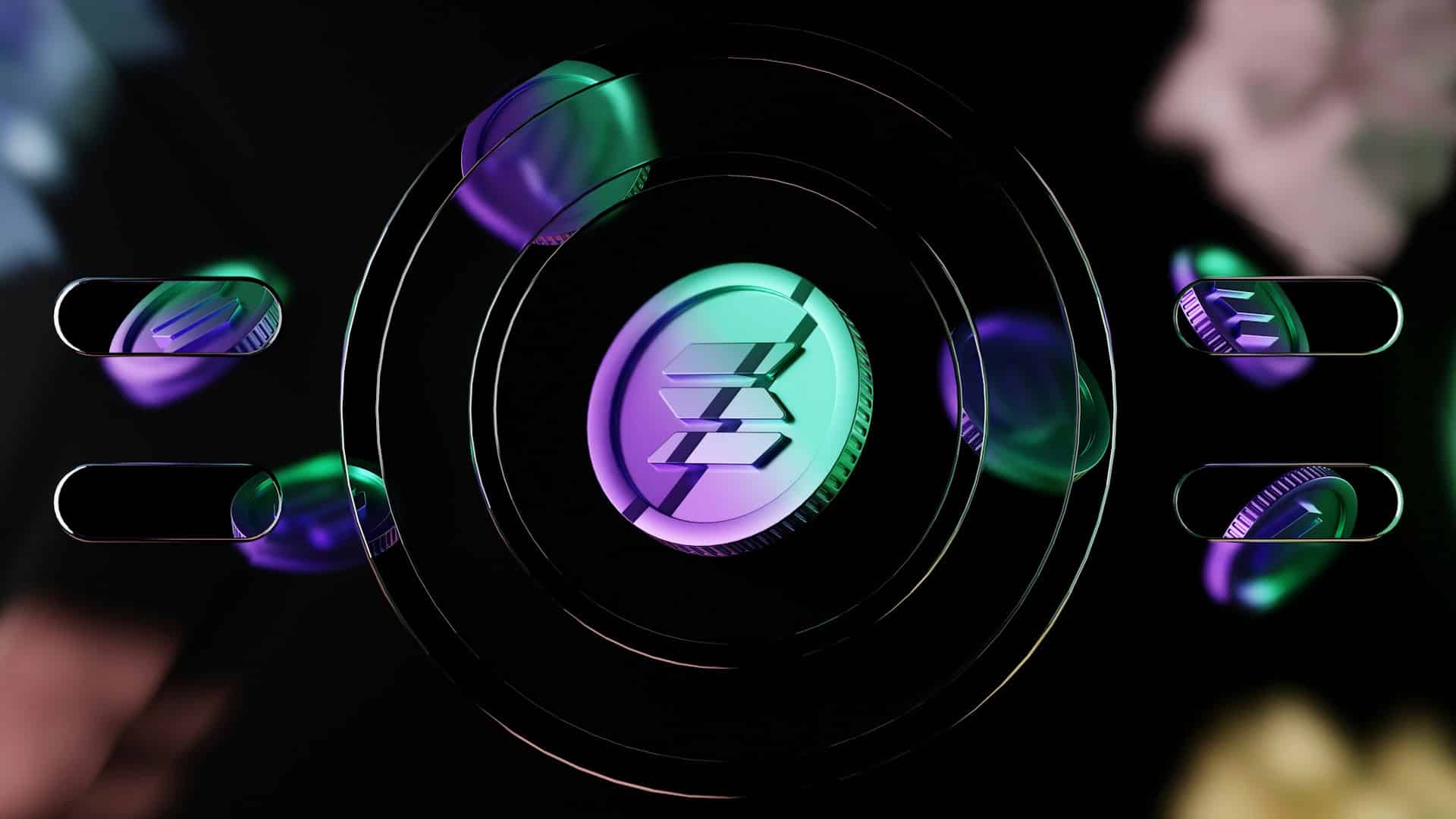Blockchain has revolutionized how we think about trust and security in the digital age, but scaling distributed networks to handle high transaction volumes remains a challenge. Solana, a high-performance permissionless blockchain that can process over 50,000 transactions per second using its Proof of History (PoH) consensus, has made a significant leap in that regard compared to many of its predecessors.
Read on to learn what Solana’s Proof of History is, how it works, its benefits and drawbacks, and how it compares to other consensus mechanisms.
What Is Proof of History?
Proof of History (PoH) is a consensus mechanism incorporating the concept of ‘time’ with a Verifiable Delay Function. It operates by assigning a timestamp to each block and subsequently utilizing a Verifiable Delay Function (VDF) to demonstrate that the timestamp was generated within a specific timeframe.
The timestamp, being a hash of the previous PoH and the current block, establishes a chronological order of blocks in the blockchain. This timestamp is broadcast across the network and can be authenticated and stored by all network nodes.
The Verifiable Delay Function is a cryptographic function that demands significant computational effort to compute but can be swiftly verified. Nodes within the network can easily confirm that timestamps were produced within the expected timeframe and were not pre-computed before block addition to the chain. This mechanism ensures the integrity and accuracy of the blockchain’s timestamping process, enhancing its reliability and trustworthiness.
Comparatively, in Proof of Work and Proof of Stake, nodes must synchronize their clocks, a time-consuming task limiting transaction throughput.
Despite complex computations in PoH, the absence of time synchronization issues allows for improved transaction throughput in PoH. Thus, Proof of History offers a promising solution to scalability challenges.
How Does Proof of History Work on Solana?
Solana’s Proof of History consensus mechanism verifies the time elapsed between two events. It involves a sequence of computations performed by a cryptographically secure function.
This function operates sequentially on a single-core processor, with each output as input for the next computation. Periodically, the current output and the number of times the function has been called are recorded.
The data or its hash is integrated into the function’s state to timestamp data within this sequence. The state, the insertion index, and the data are recorded, providing a verifiable timestamp of the data’s existence before the next hash is generated.
Solana utilizes the Sealevel protocol, allowing Proof of History Solana validators to execute smart contract codes in parallel and facilitate multiple tasks concurrently. The network, which operates on a hardware-based system, improves efficiency and performance.
Solana’s Proof of History facilitates transactions within its ecosystem, particularly for its native cryptocurrency, SOL. The Solana network has a short block time of just 400 milliseconds.
Moreover, Solana’s Proof of History also extends its utility to decentralized applications (dApps), which are crucial to the development of the Solana ecosystem.
Benefits & Drawbacks of Proof of History
The Proof of History consensus in Solana brings many benefits but also has some drawbacks that need to be looked into, as highlighted below:
Pros
- Faster Transactions: Proof of History avoids the need for every node to agree on each transaction’s order, leading to significantly faster transaction processing compared to some other consensus mechanisms.
- Scalability: Faster processing on PoH allows the network to handle a larger volume of transactions per second, making it more scalable for real-world applications.
- Energy Efficiency: Proof of History doesn’t rely on complex computations like Proof of Work, resulting in a much lower energy footprint for the network.
- Decentralization: Proof of History maintains blockchain’s decentralization by ensuring that transaction processing isn’t controlled by any single entity, thereby preserving trust and security.
Cons
- Increased Complexity: PoH adds complexity to the network architecture, potentially increasing the risk of bugs or vulnerabilities.
- Higher Hardware Requirements: Verifiable Delay Functions require powerful hardware for nodes, initially raising the cost of network participation.
Difference Between PoH, PoS, and PoW
Proof of Work (PoW), Proof of History (PoH), and Proof of Stake (PoS) are consensus mechanisms used in different blockchains. These mechanisms differ in their approach to validating transactions, securing the network, and creating new blocks.
Let’s look at what sets them apart from each other.
| Consensus mechanism | Proof-of-Work | Proof-of-Stake | Proof-of-History |
| Description | In Proof-of-Work, miners use computational power to create new blocks. | Proof-of-Stake relies on validators selected based on the crypto assets they commit as collateral. | Proof-of-History employs a Verifiable Delay Function to verify the time elapsed since the previous block. |
| Rewards | Miners earn rewards and transaction fees. | Validators can receive periodic returns based on their staked crypto assets. | Participants are rewarded with transaction fees for each block they validate. |
| Primary function | Validation by solving computationally intensive puzzles (mining). | Validation by verifying ownership of cryptocurrency staked. | Validation by timestamps. |
| Security vs efficiency | High security but is inefficient and costly. | More efficient but less secure. | Enhances scalability while building upon existing consensus mechanisms. |
| Energy consumption | Consumes high energy. | Consumes less energy compared to PoW. | Energy efficiency as energy-intenstive computations are not required. |
Conclusion
Solana’s Proof of History (PoH) presents a promising alternative to traditional consensus mechanisms like Proof of Work on Bitcoin and Proof of Stake on Ethereum. While not without its challenges, PoH offers significant advantages in speed, scalability, and efficiency.
As development continues and technology improves, Proof of History on Solana has the potential to address its limitations and become a driver of innovation in the blockchain space.



